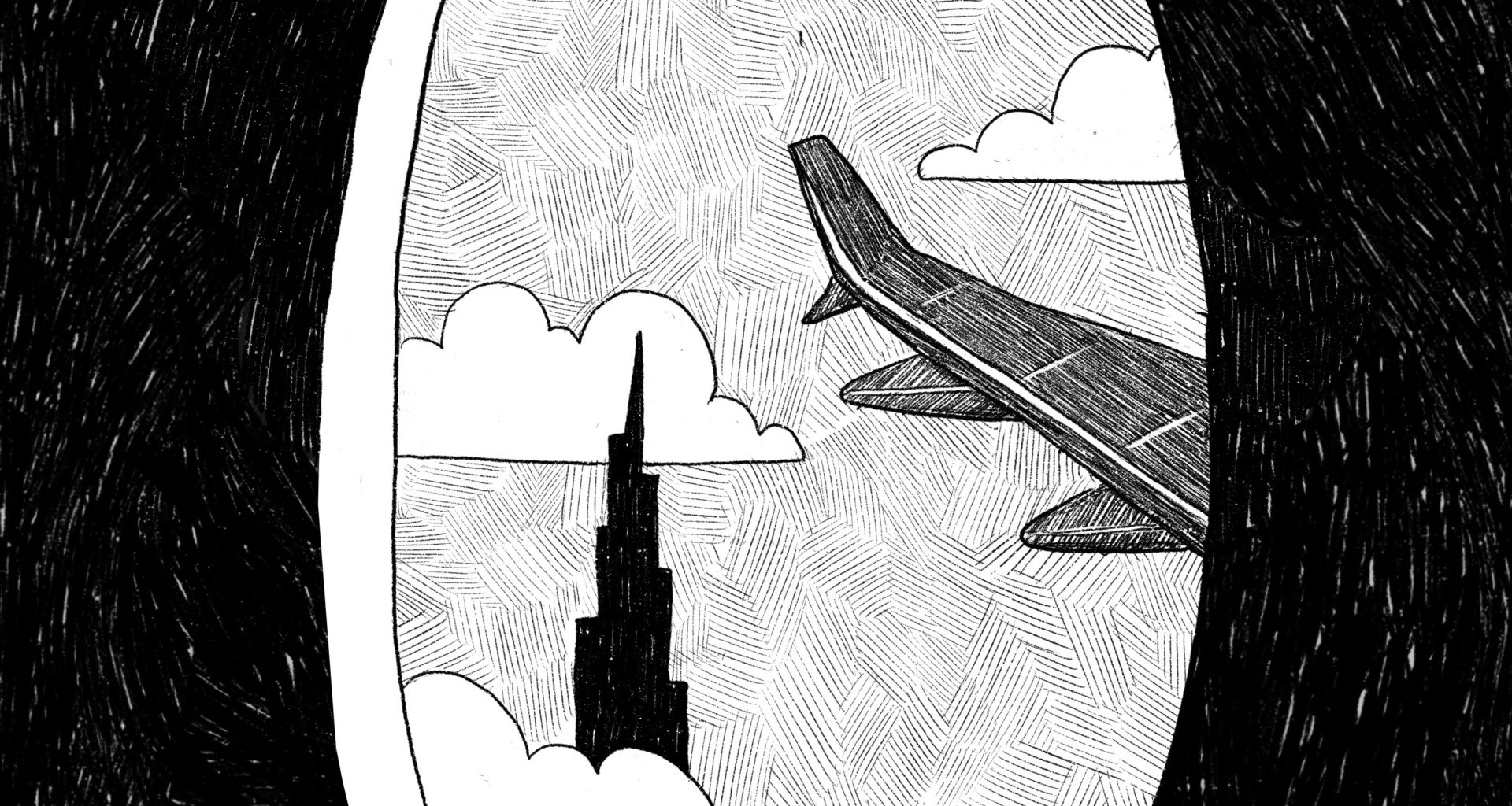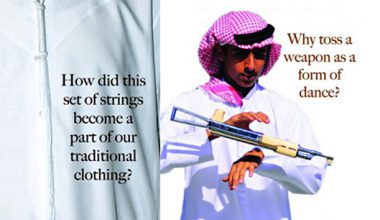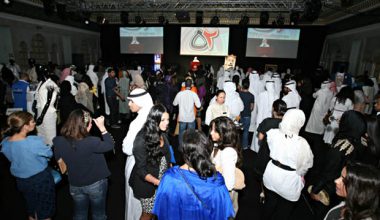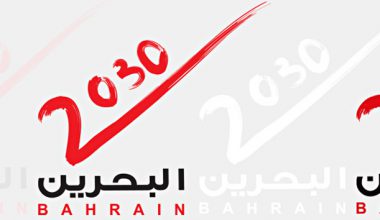Attached to the name Cyril Zammit (39) are the attributes of taste and talent. A Paris-born Frenchman of many hats, Cyril’s distinct aesthetic and cultivated expertise cover the fields of marketing, PR, design, event management, and curation. Based in the UAE for close to a decade, Cyril has developed a network of regional designers, launched international design projects in Dubai, including Design Days Dubai, the first fair of its kind in the GCC dedicated to limited edition and collectable designs. Design Days has since evolved into Dubai Design Week, of which he formerly directed. He continuously promotes design to creditable institutions and noteworthy individuals in the creative industry. Prior to his current government-appointed position as expert consultant to the Dubai Culture and Arts Authority, Cyril’s past professional endeavors include his start at the French Institute in Prague, London’s Cultural Department of the French Embassy, managing sponsorships for Switzerland’s Montreux Jazz Festival, managing the launch of the UBS Verbier Festival Youth Orchestra, as well as signing HSBC Private Bank as principal sponsor to Design Miami, which helped the show grow massively.
On a five-hour flight from Dubai to Bucharest, jet-setter designer-entrepreneur, Cyril, addresses my keen and actively curious questions on his career trajectory and the GCC’s creative industry.
Malak Al-Suwaihel: Cyril, you are widely recognized for your role in promoting and supporting Dubai’s design scene, particularly through the internationally renowned design fair Design Days Dubai (DDD) and Dubai Design Week (DXBDW). Talk to us about the fair’s inauguration and challenges you’ve initially faced starting and promoting the fair.
Cyrzil Zammit: For DDD, we were a pair who worked night and day for nine months to set it all up. I visited design galleries abroad and tried to convince them to join us in Dubai in March 2012. People had misconceptions about the country, its people, and many more believed that its market was boundlessly wealthy, as if there was rainfall exclusive to Dubai where banknotes were pouring from the sky. Regardless of these preconceptions, my team and I offered the best we could of limited-edition design creations, hence the high price tag. The innovative selection we offered was extremely welcomed, and the new talents and installations that we featured are still vivid in people’s memories when they talk to me about the exhibition today.
The other challenge was to find local or regional talents whose work could visually and conceptually align with those presented by internationally renowned and iconic designers. I was reluctant to take some on board from the first edition because I knew they were not ready and I did not want expert eyes, journalists, or collectors to degrade or look down upon these up-and-coming talents. So we introduced them on a gradual basis, and launched initiatives with Tashkeel, Van Cleef & Arpels, and Dubai Culture to nurture these local talents.
For DXBDW, the scene was already rolling (DDD in 2013, Beirut Design Week since 2014). The challenge then was to extend our outreach and to find creative talents across the city. We did so in order to establish a sustainable movement within the city’s creative industry that not only relies on sponsorships, but finds power in the rising number of those within its community. The difficulty in such a matter is that Dubai, unlike many other cities where design weeks are happening, is not a pedestrian friendly city where people can easily walk around and spread the word on such communities and events. It’s a place that is spread out, so it’s hard to keep track of events when there is over 25 km distance between some.

- MS: Follow-up: To what extent would you call Dubai an internationally acclaimed “design capital”? Is there more to see and expect before placing such an accolade on the region’s emerging art scene, or is such a statement presently merited?
CZ: I must say, we were blessed in Dubai because the authorities immediately understood the potential that design would bring to the city. The government established Dubai Design District (d3) a few months after the first edition of DDD. Then we launched a new high-end trade-show (Downtown Design) before establishing the Dubai Design & Fashion Council, Dubai Design Week, and the most recent, the Dubai Innovation and Design Institute. There is an immense enthusiasm for design, and we see the potential in Dubai-based companies to be featured in worldwide design publications. It is undoubtedly correct to claim that Dubai is the design capital of the GCC region. UNESCO recently recognized Dubai with the ‘Creative City Design’ award, the only one in the Middle East. As it is a city pioneering in innovative solutions, Dubai is an establishing hub for creative businesses. So naturally, creative minds thrive here.
- MS: Can you talk to us about your early life in respect to your expert standing on design and the creative field—how did you first develop interest in the creative industry?
CZ: I have always been a hyperactive kid. A quick learner and very curious, I started working during my spare time in a local radio station in France when I was 15. While presenting the station’s news bulletins, I also produced my own shows during weekends. I carried out a regular chronicle on media while I was at the university but I sadly had to stop my work at the radio station after starting to my first real job. My first job was at the French Institute in Prague and I enjoyed restructuring the program with its director and their team. We had the honor of having the French and Czech presidents (F. Mitterrand and V. Havel) for its reopening in 1995.
I enjoy being surrounded by people who prefer saying ‘why not’ rather than those who constantly ask ‘why’? I had the chance to reset and change my life several times. Through change you learn that nothing is granted to you forever. The design sector is exactly that. People so often reduce the design industry to fashion, graphic, and furniture design. However, it is first and foremost a school of thought that requires the aptitude and creative ability to seek different perspectives and solutions, and the drive to improve upon existing elements.
- MS: Follow-up: talk to us more about your schooling and your own creative contributions—do you see yourself as an artist or exclusively a consultant and expert?
CZ: I did not study design, I lived it on a daily basis. Before the rise and convenience of the Internet, I majored in marketing and media at university. During that time, I organized a lot of events and faced challenges setting them up. Being ready to be flexible and innovative enough to search for the best solution or option. That time was fertile ground—a learning experience that helped me grow into and absorb the design world’s standards and values. Because of it, I am not your average abstract thinker and artist. But I see myself and other successful designers as creative talents who are practical and efficient in finding the best solution for designs that are both beautiful and usable. Now I am spending my time helping others in the design industry develop a similar code of ethics in order to break free from the idea that isolates art and design to abstract visuals.
- MS: Can you talk to us about previous professional ventures of yours in the creative scene that are perhaps less recognized, like your initiatives Abwab and Global Grad Show?
CZ: Both Global Grad Show and Abwab were a natural fit for a city like Dubai that offers such fantastic marketing visibility. The GGS was developed in partnership with RCA in London and it was decided that there would be no better place than Dubai to host a worldwide selection of talents. Abwab was the same. I wanted to offer visibility to neighboring countries where creative talents were hoping to get more visibility. The initial idea was to offer them a pavilion (one per country) and let them work around one theme.
At Design Days Dubai, we also commissioned and supported new designers who have since broken out worldwide. In fact, I was lucky enough to build up a family of diverse talents.
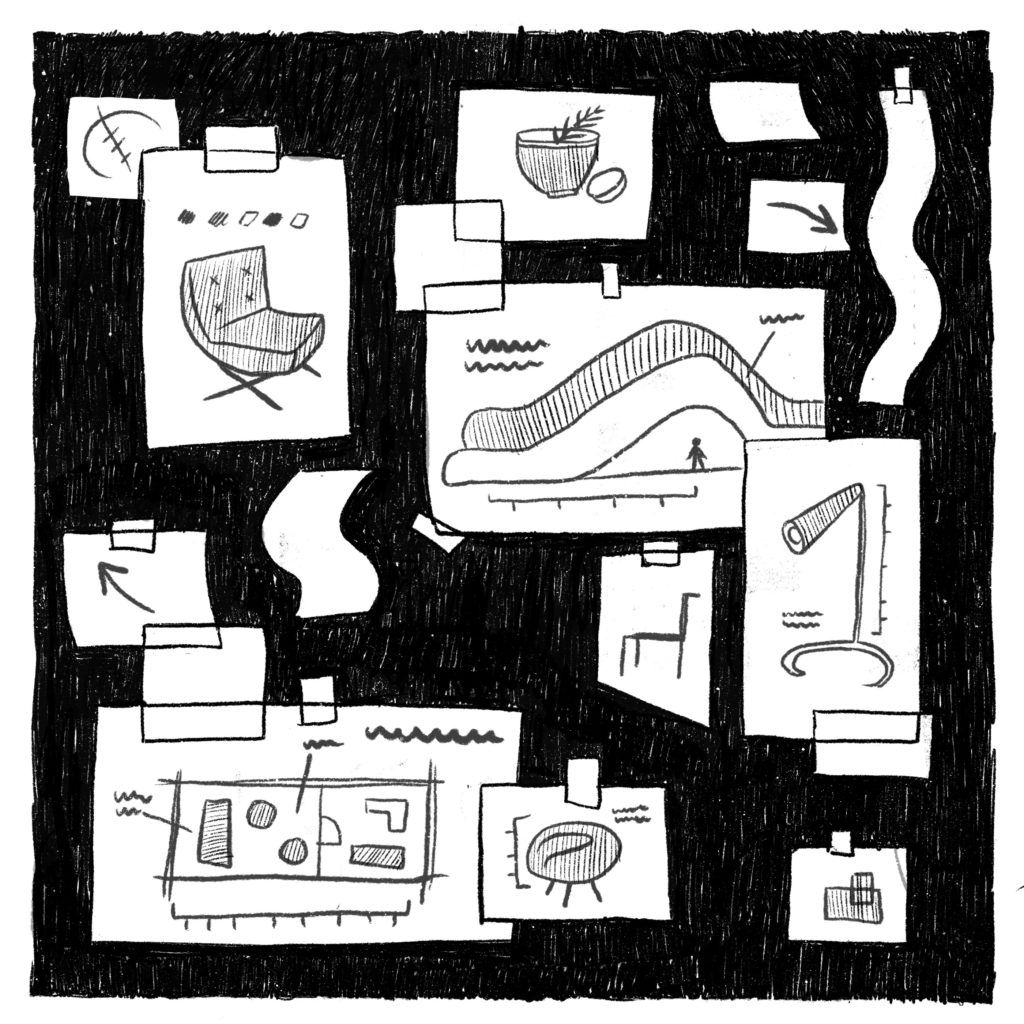
- MS: Follow-up: How are these initiatives bolstering local talent in the GCC, and why is it important to do so?
CZ: It is a multi-fold offer. It does challenge designers to get out of their comfort zone by suddenly meeting with visitors, press representatives, and potential clients. So there is a long list of things to prepare for ahead of time and it is not a light exercise. I remember some designers running out of flyers after only 2 hours, waking up late and not showing up on time. Dubai provides an opportunity for regional designers to be seen outside of their countries. I am very proud of that, and to be part of such a far-reaching and inclusive market.
- MS: Your career, to say the least, is far-reaching and illustrious. Save from listing your impressive international career, can you give us a general, comparative overview about working in international creative industries as opposed to your current position in Dubai?
CZ: The general pattern is the same. We need to be clear with the message we bring forth. I like working in the GCC region because we often work out of a blank canvas, therefore the general mindset is open to change. Elsewhere in the world, there are often established rules or a crowd mentality that one has to breakdown or break into/out of before eventually mobilizing within the industry or seeing change. Younger nations within the GCC are also keen to catch up— overtake the ‘old world’ by bringing new solutions and pushing their people and other residents to embrace the ‘what next’ attitude. The downside is, sometimes we eventually run into situations where the lack of benchmarks or pre-set standards that help us navigate the industry becomes an issue. We often see projects that lack maturity, or that are underdeveloped and won’t be sustainable for long due to short and hurried deadlines that they were created within. The purpose of design goes beyond making something look good, it is maintaining the durability of the project so that it sustains its practical and transformational design.
- MS: Follow-up: Fill in the blank: The creative industry in Dubai, and the GCC as a whole, is headed towards ___________________.
CZ: …a certain level of maturity, but must remain humble and unpretentious for public use and consumption.
- MS: Strengths and weaknesses in Dubai’s creative industry and the region as a whole?
CZ: The huge potential is there. The challenges are often the short-notices, and the client’s expectation that the designer can easily provide quick fixes. There’s an ongoing issue with the use of fake or imitation furniture designs that are cheaper than commissioning or purchasing original pieces. There is also a need to support creative talents and their original work by establishing and maintaining strong copyright laws. With those laws, a set of clear guidelines on compensating designers for their work should be issued, because just giving visibility to a designer does not pay the bills. Finally, there needs to be a general shift in attitude about baseless preferences for designers of certain nationalities. At the end of the day it’s the work that counts, not the designer’s place of origin. For example, back in Holland, we see designers as designers—those in the industry don’t differentiate between those who are Dutch and those who are non-Dutch.
- MS: Follow-up: you’ve also worked in other GCC countries. In particular, can you give us a general overview about the differences, similarities, pitfalls and successes of the creative industry in a burgeoning design economy such as Saudi Arabia’s with that of Dubai’s?
CZ: Creative talents are everywhere in the GCC, and I am not saying that to please your readership. There is, however, a need to foster and encourage them, exhibit their work and make sure they are taken seriously. I am talking about serious designers, those committed to creating a portfolio of reputable work, and not those who are only interested in the title. Those in the creative industry should also keep in mind that their output should also bring simple but effective solutions to everyday life. Money isn’t the only obstacle. A bigger hurdle or barrier delaying the progress of some of these designers and the industry as a whole throughout the GCC is the state of mind of some regional public authorities and even those from the private sector.
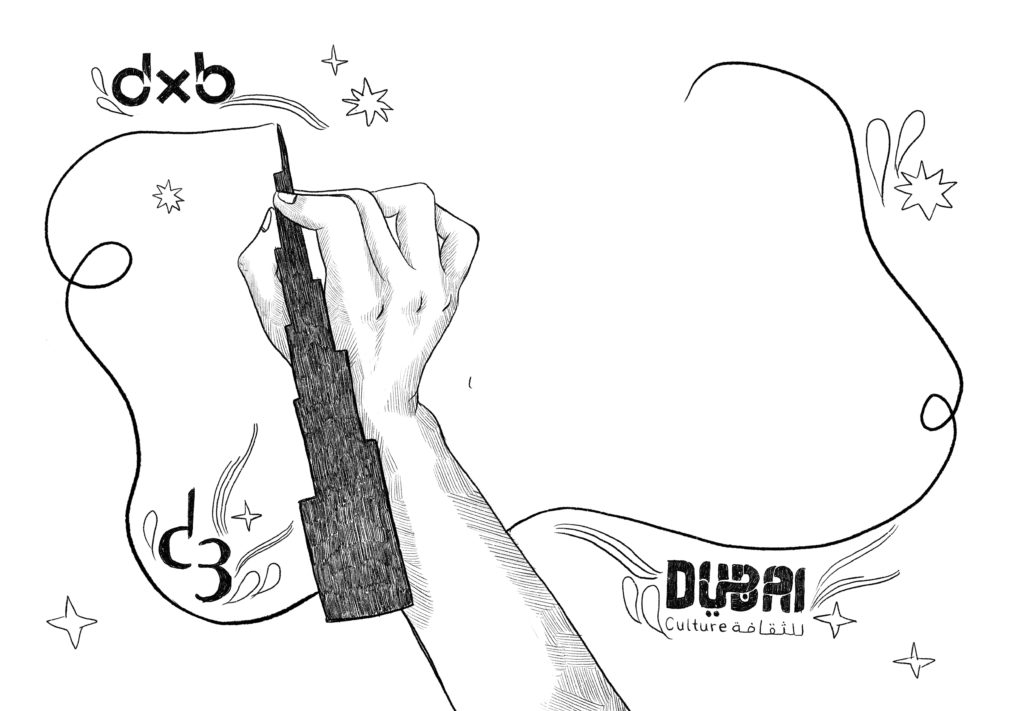
- MS: Is one geared more to a local as opposed to an international audience? Are local designers and their creative outputs stuck in the GCC, or are they reaching international markets?
CZ: I would tell designers from the GCC to aim to be on the front page of international publications like the New York Times (NYT). But before aiming for international distinctions, remember to remain humble, learn more about your industry, make sure you understand the challenges and invest your time in travelling and attending events. Your great idea has probably been implemented elsewhere. In design and the creative industry, Google is your best friend. Then, when you know you have a great idea, do not post about it. I have seen good ideas being stolen by the industry. My advice is to secure it with a patent or license, have a test-run and present it to some trustworthy professionals.
- MS: Culture and identity have a deep and vast imprint on the GCC region. Are tradition, heritage, and culture—in your personal opinion—a hindrance to an emerging creative industry. How can such historical identity markers be used to boost design and creativity?
CZ: I often compare the work of designers to a book writer. Often the first project comes from the designer’s own personal history, country’s heritage, and so on. One writes best from what one has personally experienced. But I always warn designers in the region not to stick to their heritage. It could become redundant and limit the growth and worldwide appreciation of the piece once the element of surprise has passed. While culture and heritage are greatly inspirational, creative talents should not limit themselves to these reference points alone. There is immense space for more creative ideas in the GCC region, and local craftsmanship that is studied and documented can be used to further innovation. The intersection of local craftsmanship and the designer’s own creative identity could make for a distinctive element or design within a piece or overall project without being overshadowed by the weight of an entire history.
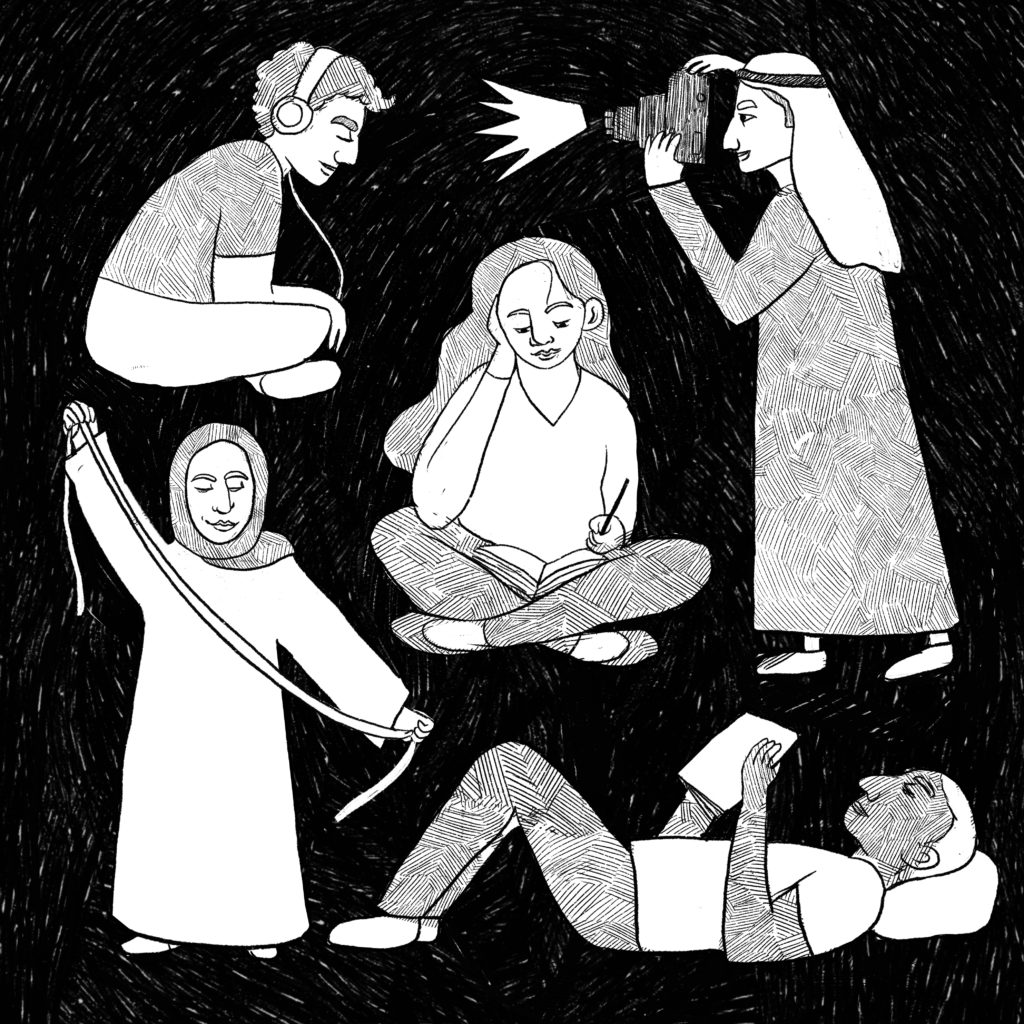
- MS: How has working in the creative industry changed for you, personally, throughout the years? And objectively, how has it changed across the board in the region?
CZ: Personally I remain a kid and I love to explore, travel, and meet new talents. My curiosity is often satisfied by the work and output of the creative industry. I am lucky to also have built up a network of friends worldwide, and I like to post on social media about their new creations and the network of valuable people they know. It’s true, you don’t need to travel as much as I do to be exposed to new design concepts thanks to the connective powers of social media and the internet at large. But it is important when you arrive in a new place to explore beyond the ‘usual places,’ and to stray beyond the beaten path.
In the GCC region, I am very pleased by the outcome that has been achieved in less than 10 years. Events are happening everywhere, and I am glad that each city has found its own format and structure that accommodates for their specific traffic of visitors and overall market trajectory. We just need to motivate the private and public sectors to invest more in design shows. They will greatly benefit from supporting new talents. It happens in sports, in the economy, and in the sciences—let’s make it happen in design too.
- MS: In 2017, you professionally transitioned into a government appointed position in Dubai—that of independent designer and consultant to the Dubai Culture & Arts Authority as expert for the Vice Chairman Board of Director’s Office. Talk to us about that transition—from private entrepreneurship to public office?
CZ: Somehow, it was back to square one for me as I started my career working for public administration (French Institute in Prague, then in London). I think it is healthy and fosters growth to experience working on both sides of the private and public domains. The private sector will force you to be a quick thinker and a flexible worker. The public sector works more on a mid-to-long term vision, so the pace is different. I enjoy working with the Government of Dubai. If the country were a book, they happen to be the foremost authors and writers of its present and future. I am privileged to be a part of that process, and honored to offer what I experienced throughout my professional career to enhance international relations and to build up a new way of supporting creative minds in the region. There is an overall vision to Dubai Culture, one that is part of a legacy that is invested in art and design. It is remarkable to be part of a force of influence that will soon open a brand new library dedicated to art and design in the region that is also dedicated to developing cooperative networks abroad.
I still consult companies and designers outside my mandate at Dubai Culture. It is a good and balanced mix.
- MS: Follow-up: Can you give us some “insider info”? Particularly, pertaining to the inner- workings of the private as opposed to the public-governmental sector in respect to the creative industry?
CZ: The private sector is a nice and challenging environment. If you want something, you go out and get it. Nothing is granted to you. It is a fantastic school of survival. You might be given a chance or two but the third one will be hard to get. And if you’re still standing, you will only persist and persevere if you know you have the right idea—one that is both adaptable and innovative.
- MS: Where do you see the trajectory of your professional career taking you from here?
CZ: I am celebrating 10 years in the UAE in 2019. I am blessed and very grateful for this chapter in my life. I have met great people and was fortunate to see an industry take off. I don’t have a specific plan for my future. I let things happen.
- MS: Follow-up: Anything currently in the works you’d like to talk to us about or promote?
CZ: Last year I connected Nada Debs with FBMI (Fatima Bint Mohamed Bin Zayed Initiative) and we produced a great collection made by female weavers in Afghanistan. It was selected for the Beazley Designs of the Year prize at the London Design Museum. I am preparing new projects for this year but it is too early to share them now. I am also very keen on promoting talents that I’m not familiar with on my social media channels (@cyrilzam on Instagram and/or www.cyrilzammit.com for my blog). I would look at each portfolio or creation, have an in-depth discussion with the designer, and post about their work free of charge, because finding talents that are worth featuring is a reward in itself for me.
A version of this article was featured in Khaleejesque’s Tenth Anniversary, March 2019 issue.
Words: Malak Al-Suwaihel
Illustrations: Rama Duwaij

